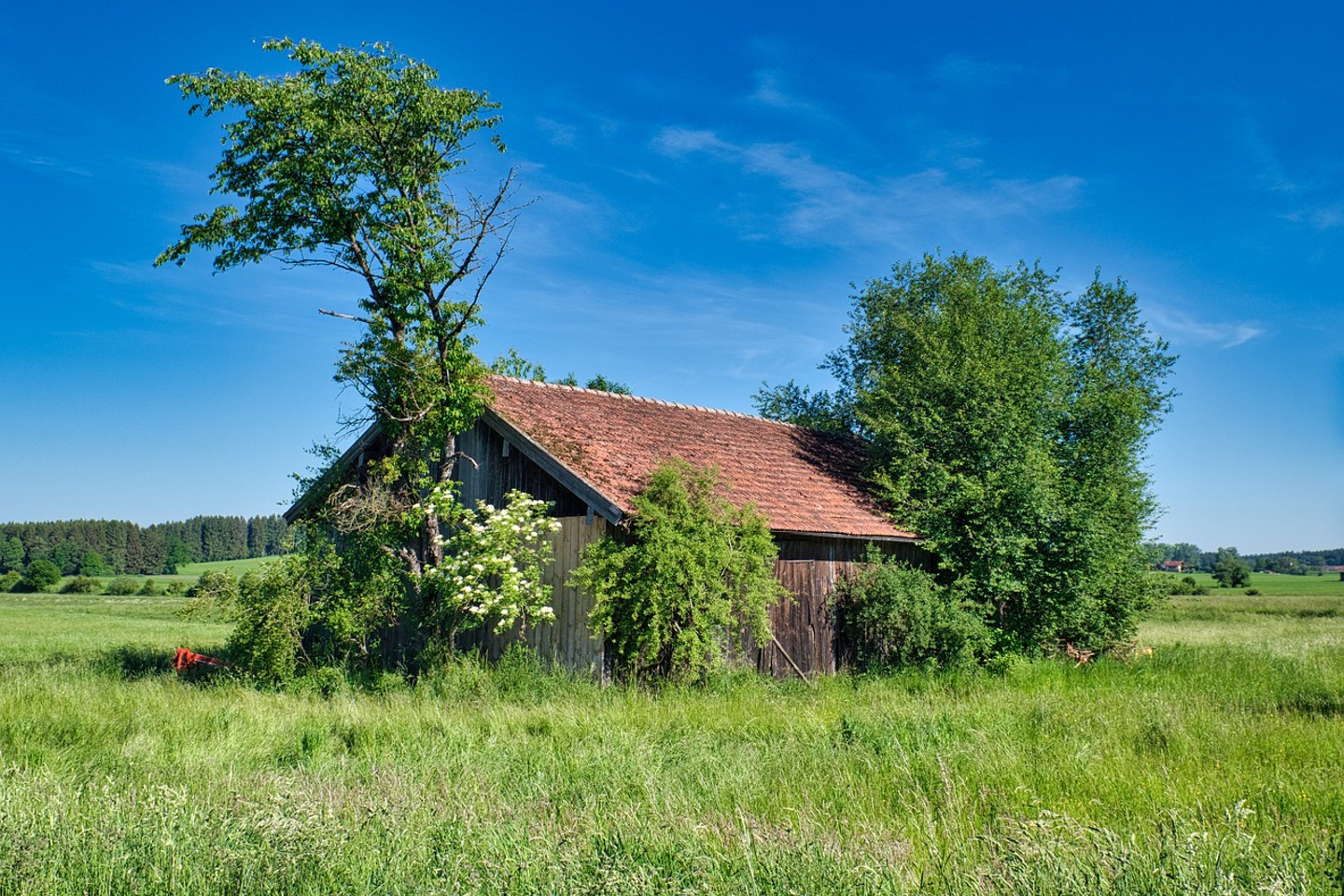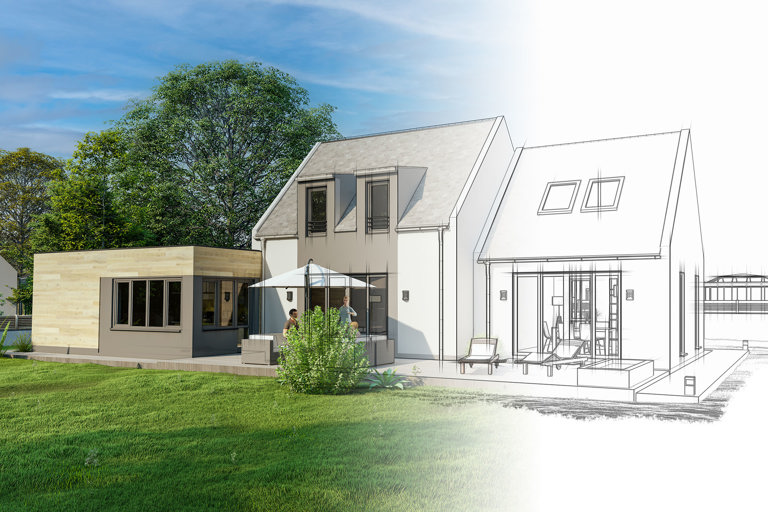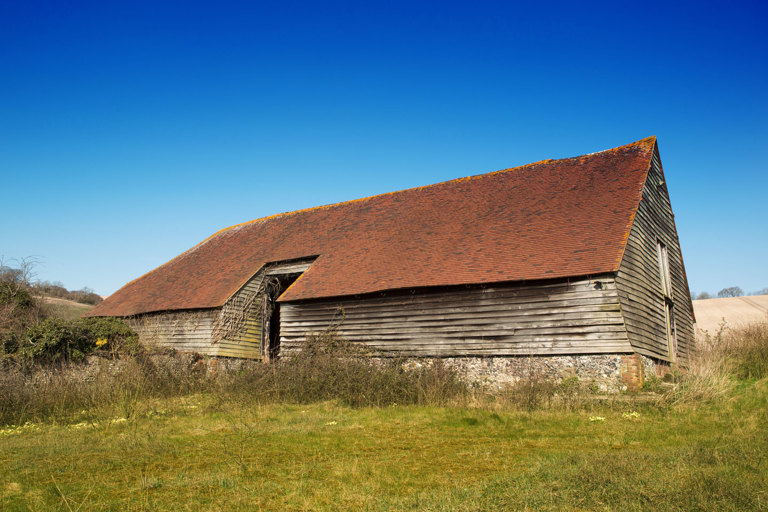March 8, 2024
Farm diversification and rural economic development are becoming increasingly important ways to provide additional income streams and reduce business risk for many farmers and landowners. As part of this, the re-use of redundant agricultural buildings has become a popular option to drive alternative enterprises and increase their capital value.
Utilising permitted development (PD) rights, such as Class R of the General Permitted Development Order 2015 (GPDO), can often be a simpler and quicker way to ‘unlocking’ a sites potential compared to the traditional full-planning route, subject to compliance with the relevant criteria and conditions.
The following Advice Note explains how existing agricultural buildings qualify for Class R, the limitations and scope of the permitted development rights, and the process for obtaining consent from the local planning authority.
The Town and Country Planning (General Permitted Development) (England) Order (GPDO) 2015, Schedule 2, Part 3, Class R allows the change of agricultural buildings (and land within its curtilage) to ‘flexible’ commercial uses – i.e.., uses falling within the following use classes:
- Class B8 (storage or distribution);
- Class C1 (hotels);
- Class E (commercial, business or service).
Just like Class Q (Agricultural to Residential) certain criteria must be met:
- The subject building(s) needs to have been solely in agricultural use as part of an established agricultural unit –
- on 3rd July 2012;
- in the case of a building which was in use before that date but was not in use on that date, when it was last in use;
- in the case of a building which was brought into use after 3rd July 2012, for a period of at least 10 years before the date development under Class R begins.
- The total cumulative floor area of the existing building(s) to change use under Class R must not exceed 500m2.
The building(s) must not be:
- A listed building (or within the curtilage of a listed building);
- A scheduled monument (or part thereof);
- Form part of, or be located within, a safety hazard area;
- Form part of a military explosives storage area.
It can however be in a National Park, Area of Outstanding Natural Beauty (AONB), Conservation Area, Site of Special Scientific Interest (SSSI) or Green Belt and the building does not need to be redundant or vacant.
Class R is unique in that instead of changing the use of the building to a specific use class, any completed conversion will be treated as ‘Sui Generis’, i.e., it does not fall into a specific use class. This means that any future changes to C3 (dwellinghouse) or C4 (HMO), for example, will require full planning permission. However, as it will be converted under ‘flexible use’, you can apply again under Class R to convert the building to another use within those listed above.
Class R allows for the change of use only. Any associated operational development (see Step 5) will require a separate application for planning permission.
Step 1 - Application Process
The procedure to apply under Class R varies slightly depending on the size of the building(s):
Prior Notification - buildings with less than 150m2 of existing floor space
For building(s) where the cumulative floor space (to be converted) does not exceed 150m2, no Prior Approval is required from the Local Planning Authority (LPA) but they will need to be notified (in writing) of the following:
- The date the site will begin to be used for any flexible use;
- The proposed nature of the use or uses;
- A plan indicating the site and which buildings have changed use.
For cumulative development of floor areas up to 150m2, on buildings that fit the criteria, there is no requirement to wait (from the date of submission) before development or use can start.
Prior Approval - buildings exceeding 150m2 of existing floor space
Where the cumulative existing floor area to be changed exceeds 150m2 but does not exceed 500m2, the applicant must submit a 56-day notice to the LPA for Prior Approval.
Prior Approval is required for the following matters:
- Transport and highways impacts of the development;
- Noise impacts of the development;
- Contamination risks on the site;
- Flooding risks on the site.
For buildings exceeding 150sqm, development cannot begin until written confirmation is received that prior approval is, or is not, required. However, development/change of use can commence right away if the Council exceed the 56 days required to make the determination.
Step 2 - Application Checklist
- Evidence that the existing, lawful use of the building is agricultural.
- A Prior Approval Notice application form (for buildings exceeding 150m2).
- Covering letter demonstrating compliance with the relevant criteria / conditions.
- A site plan indicating the building(s) (and land within its curtilage) to change use.
- An application fee of £120 (plus Planning Portal service charge of £64) payable to the LPA.
Step 3 - Determination Process
The LPA will consult the highway authority, to assess if there will be any material increase or change in traffic in the vicinity of the site as a result of the development.
The LPA will consult with the Environment Agency to identify if it’s in Flood Zone 2 or 3, or Zone 1 where there are critical drainage problems.
The LPA will assess any contamination risks, taking account of any proposed mitigation measures.
The LPA will assess the noise impacts of the development on neighbouring land uses;
The LPA has 8 weeks (or 56-days) to determine your application. Should 8 weeks pass with no response or agreement for an application extension, then you may proceed with the development provided it was a valid application.
Step 4 - Future Considerations
Development should commence within 3 years from the date of Prior Approval being granted,
or where an application is granted for associated operational development , 3 years from the date planning permission is granted;
Once development under the Prior Approval has commenced, an owner will be unable to extend or build a new agricultural building for a period of 10 years within the same agricultural unit.
Step 5 – Subsequent Application for Operational Development
As mentioned previously, Class R grants consent for a change of use only. Unlike Class Q, it does not grant consent for associated operational development to convert the building for its intended use.
Any associated operational development (e.g., building repairs, design alterations or other operations in relation to the same building or land which are ‘reasonably necessary’ to use the building or land for the use proposed under Class R) will require a separate application for planning permission and this would be assessed against adopted Development Plan policies. The local authority cannot dispute the use of the building as this has already been granted by Class R and will therefore mainly be focused on matters of layout and design. With any agricultural conversion, the design should be in keeping with the rural character and retain (as much as possible) original materials, whilst limiting new openings for doors and windows.
For more information or advice on Class R Permitted Development Rights, please get in touch.





